Home>Furniture & Design>Outdoor Furniture>What Type Of Wood Is Used For Outdoor Decks
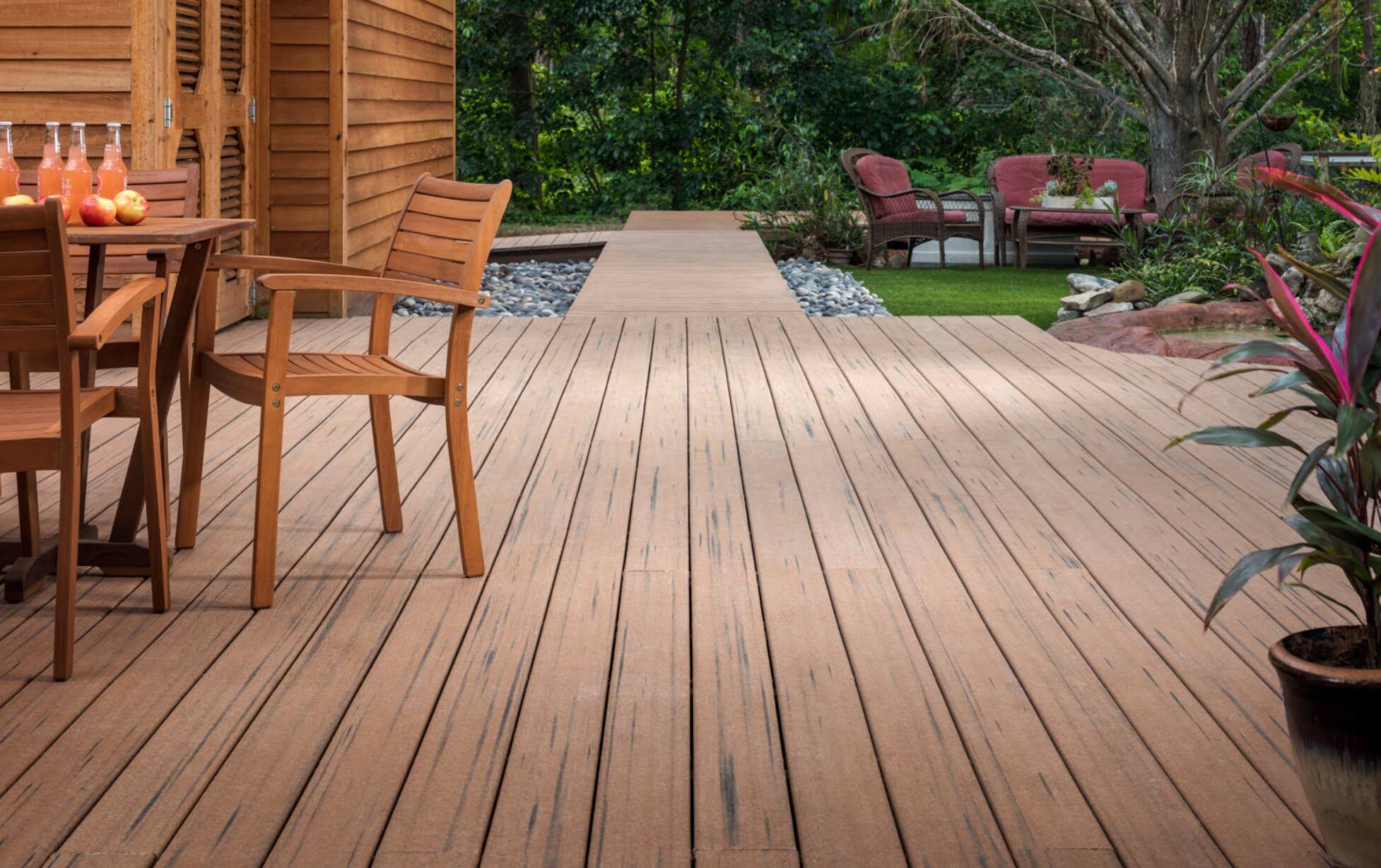

Outdoor Furniture
What Type Of Wood Is Used For Outdoor Decks
Published: February 2, 2024
Discover the best type of wood for outdoor decks to enhance your outdoor furniture, furniture, and design. Learn about the ideal wood options for durable and stylish outdoor living spaces.
(Many of the links in this article redirect to a specific reviewed product. Your purchase of these products through affiliate links helps to generate commission for Storables.com, at no extra cost. Learn more)
Introduction
When it comes to outdoor decks, choosing the right type of wood is crucial for both aesthetic appeal and long-term durability. The selection of wood for outdoor decks is influenced by various factors, including weather resistance, maintenance requirements, and overall appearance. Understanding the different types of wood used for outdoor decks can help homeowners and designers make informed decisions that align with their specific needs and preferences.
In this comprehensive guide, we will explore the various options for outdoor deck wood, including pressure-treated wood, cedar, redwood, tropical hardwoods, and composite wood materials. By delving into the unique characteristics and benefits of each type of wood, we aim to provide valuable insights that empower individuals to make well-informed choices for their outdoor living spaces. Whether you prioritize natural beauty, sustainability, or low-maintenance design, there is a wood option that perfectly aligns with your vision for the perfect outdoor deck. Let's embark on this journey to discover the diverse world of outdoor deck wood and find the ideal fit for your outdoor oasis.
Key Takeaways:
- Choose the right wood for your outdoor deck based on your priorities: affordability, natural beauty, durability, or sustainability. Each type of wood offers unique benefits to create your perfect outdoor oasis.
- Consider composite wood for a low-maintenance, environmentally friendly, and durable outdoor deck. It provides the look of natural wood with enhanced performance, making it a versatile and sustainable choice for your outdoor living space.
Read more: What Wood To Use For Decking
Pressure-Treated Wood
Pressure-treated wood is a popular choice for outdoor decks due to its exceptional durability and resistance to rot, decay, and insect infestation. This type of wood undergoes a treatment process that involves applying chemical preservatives under high pressure, effectively enhancing its ability to withstand harsh outdoor conditions. The most commonly used wood species for pressure-treated decking include Southern yellow pine, Douglas fir, and hemlock.
One of the primary advantages of pressure-treated wood is its cost-effectiveness. It is generally more budget-friendly compared to other wood options, making it an attractive choice for homeowners seeking an economical yet reliable decking material. Additionally, pressure-treated wood is readily available in various dimensions and can be easily customized to fit specific design requirements.
However, it is important to note that the initial greenish hue of pressure-treated wood tends to fade over time, necessitating regular maintenance to preserve its appearance. Periodic staining or sealing is recommended to prolong the wood’s lifespan and maintain its visual appeal. Furthermore, while pressure-treated wood offers impressive resistance to decay, it is susceptible to warping, cracking, and splintering if not properly maintained.
Despite these considerations, pressure-treated wood remains a popular choice for outdoor decks, especially for those seeking a balance between durability, affordability, and availability. Its ability to withstand the elements and resist common outdoor hazards makes it a practical option for creating inviting and long-lasting outdoor living spaces.
Cedar
Cedar is revered for its natural beauty, exceptional durability, and aromatic fragrance, making it a sought-after choice for outdoor decks. This wood species boasts a stunning array of warm tones, ranging from light amber to rich honey hues, adding a touch of timeless elegance to any outdoor setting. Western red cedar, in particular, is highly favored for its natural resistance to decay, moisture, and insect damage, making it an ideal candidate for outdoor applications.
One of the standout characteristics of cedar is its remarkable stability, which contributes to minimal shrinking, swelling, and warping over time. This stability is attributed to the wood’s inherent moisture resistance and low density, allowing it to maintain its structural integrity even in fluctuating outdoor conditions. Additionally, cedar contains natural oils that act as preservatives, enhancing its resistance to decay and ensuring long-term performance.
Beyond its visual appeal and durability, cedar is renowned for its environmental sustainability. As a renewable resource, cedar is harvested from responsibly managed forests, aligning with eco-conscious principles and sustainable design practices. This eco-friendly aspect appeals to homeowners and designers seeking to create outdoor spaces that harmonize with nature while minimizing environmental impact.
While cedar offers impressive natural resistance to decay and insects, regular maintenance is recommended to preserve its appearance and extend its lifespan. Periodic cleaning, staining, or sealing can help protect cedar decks from weathering and maintain their lustrous finish. Despite the maintenance requirements, the timeless allure and enduring quality of cedar make it a compelling choice for those seeking a blend of natural beauty, durability, and eco-friendliness in their outdoor deck materials.
Redwood
Redwood stands out as a premier choice for outdoor decks, renowned for its rich color variations, natural durability, and resistance to decay. This distinct wood species, primarily sourced from the coastal redwood forests of California, exudes a timeless charm that elevates outdoor living spaces with its warm, reddish-brown hues. Its inherent beauty and exceptional resilience make it a coveted option for those seeking a blend of aesthetics and longevity in their deck materials.
One of the most notable attributes of redwood is its impressive resistance to rot, decay, and insect damage, attributed to the high levels of tannin and natural oils present in the wood. This innate resistance allows redwood decks to withstand prolonged exposure to moisture and harsh weather conditions, ensuring a prolonged lifespan and minimal maintenance requirements. Additionally, redwood’s dimensional stability and minimal shrinkage contribute to its ability to maintain a flat, smooth surface over time.
Beyond its durability, redwood is celebrated for its eco-friendly profile, aligning with sustainable design practices and environmental stewardship. Sourced from responsibly managed forests, redwood exemplifies a renewable and biodegradable decking material, appealing to individuals who prioritize eco-conscious choices for their outdoor living spaces.
While redwood is revered for its natural resistance to decay, periodic maintenance is recommended to uphold its visual allure and structural integrity. Routine cleaning, sealing, and occasional refinishing can help preserve the wood’s natural luster and protect it from weathering effects. Despite the maintenance considerations, the timeless beauty and enduring strength of redwood make it a compelling option for those seeking a harmonious blend of natural elegance, durability, and environmental responsibility in their outdoor deck materials.
When choosing wood for an outdoor deck, look for durable options like cedar, redwood, or tropical hardwoods such as ipe. These woods are naturally resistant to rot and insect damage, making them ideal for outdoor use.
Tropical Hardwoods
Tropical hardwoods, such as ipe, mahogany, and teak, represent a luxurious and durable choice for outdoor decks, characterized by their exceptional hardness, natural resistance to decay, and striking visual appeal. Sourced from exotic tree species native to tropical regions, these hardwoods exhibit unparalleled strength and longevity, making them highly sought-after options for creating enduring and opulent outdoor living spaces.
One of the defining features of tropical hardwoods is their remarkable density and hardness, which contribute to their exceptional durability and resistance to wear, rot, and insect infestation. This inherent strength allows tropical hardwood decks to withstand heavy foot traffic, harsh weather conditions, and outdoor elements, ensuring long-term performance and minimal maintenance requirements. Additionally, the natural oils and resins present in tropical hardwoods enhance their resistance to decay and contribute to their dimensional stability.
Beyond their durability, tropical hardwoods are revered for their captivating aesthetics, characterized by rich, deep colors and intricate grain patterns that exude a sense of luxury and sophistication. From the deep chocolate tones of ipe to the reddish-brown allure of mahogany, tropical hardwoods lend a sense of timeless elegance to outdoor decks, elevating the visual appeal of any outdoor setting.
While tropical hardwoods offer unparalleled durability and visual splendor, their premium quality is reflected in their pricing. These exotic wood species are typically more expensive than other decking options, reflecting their rarity, superior characteristics, and the extensive effort required for their extraction and transportation. However, for those seeking an investment in long-lasting luxury and enduring beauty for their outdoor living spaces, tropical hardwoods present an enticing choice.
It is important to note that proper installation and maintenance are essential for optimizing the performance and longevity of tropical hardwood decks. Periodic cleaning, sealing, and refinishing can help preserve their natural beauty and protect them from weathering effects, ensuring that they continue to exude elegance and strength for years to come.
Read more: What Type Of Paint For Outdoor Wood?
Composite Wood Materials
Composite wood materials have emerged as a versatile and low-maintenance alternative for outdoor decking, offering a blend of durability, aesthetics, and sustainability. Composed of a mixture of wood fibers, plastic, and binding agents, composite decking presents a resilient and environmentally conscious solution for creating inviting outdoor living spaces without the inherent drawbacks of natural wood.
One of the primary advantages of composite decking is its exceptional resistance to rot, decay, and insect damage, attributed to the synthetic components within the material. Unlike natural wood, composite decking does not require staining, sealing, or painting, significantly reducing maintenance efforts and associated costs. Additionally, composite materials are highly resistant to warping, splintering, and fading, ensuring a long-lasting and visually appealing outdoor deck surface.
Another compelling aspect of composite decking is its eco-friendly composition and sustainable attributes. Many composite wood materials incorporate recycled content, such as reclaimed wood fibers and plastic, contributing to resource conservation and waste reduction. This environmentally conscious approach resonates with individuals seeking to minimize their ecological footprint while enjoying the benefits of a durable and aesthetically pleasing outdoor deck.
Furthermore, composite decking offers a diverse range of design options, including various colors, textures, and finishes, allowing homeowners and designers to customize their outdoor spaces according to their preferences. The versatility of composite materials enables the creation of unique deck designs that emulate the look of natural wood while offering enhanced performance and longevity.
While composite decking presents numerous advantages, it is essential to consider the upfront cost, which can be higher than traditional wood decking materials. However, the long-term savings resulting from reduced maintenance and upkeep expenses often offset the initial investment, making composite decking an economically viable and practical choice for many homeowners.
Ultimately, composite wood materials provide a compelling solution for those seeking a durable, low-maintenance, and environmentally conscious option for their outdoor decks. By combining the appeal of natural wood aesthetics with the resilience of synthetic materials, composite decking offers a balanced and sustainable approach to outdoor living space design.
Conclusion
Choosing the right type of wood for outdoor decks is a pivotal decision that significantly influences the aesthetics, durability, and overall enjoyment of outdoor living spaces. Each type of wood, whether it is pressure-treated wood, cedar, redwood, tropical hardwoods, or composite materials, offers unique attributes that cater to diverse preferences and requirements.
Pressure-treated wood stands out for its affordability and resistance to decay, making it a practical choice for those seeking a budget-friendly yet reliable decking material. Cedar, on the other hand, exudes natural beauty, exceptional durability, and environmental sustainability, appealing to individuals who prioritize timeless elegance and eco-friendly design.
Redwood, with its rich color variations, natural durability, and eco-friendly profile, embodies a harmonious blend of visual allure, resilience, and environmental responsibility, making it an attractive option for those seeking enduring quality and eco-consciousness in their outdoor decks.
Tropical hardwoods, renowned for their luxurious aesthetics, unparalleled durability, and remarkable strength, offer a premium choice for creating opulent and long-lasting outdoor living spaces. While the initial investment may be higher, the enduring beauty and resilience of tropical hardwoods make them a compelling option for those seeking a timeless and luxurious outdoor deck.
Composite wood materials, with their low-maintenance attributes, sustainable composition, and diverse design options, present a versatile and environmentally conscious solution for outdoor decking. The exceptional resistance to wear, minimal maintenance requirements, and customizable design possibilities make composite decking an appealing choice for homeowners and designers alike.
In conclusion, the selection of wood for outdoor decks should align with individual preferences, budget considerations, maintenance capabilities, and environmental values. By understanding the distinctive characteristics of each type of wood and composite materials, homeowners and designers can make informed decisions that yield enduring and captivating outdoor living spaces.
Whether it is the natural warmth of cedar, the enduring strength of tropical hardwoods, or the sustainable appeal of composite materials, there is a perfect wood option for every outdoor deck, providing a seamless blend of functionality, beauty, and longevity.
Frequently Asked Questions about What Type Of Wood Is Used For Outdoor Decks
Was this page helpful?
At Storables.com, we guarantee accurate and reliable information. Our content, validated by Expert Board Contributors, is crafted following stringent Editorial Policies. We're committed to providing you with well-researched, expert-backed insights for all your informational needs.
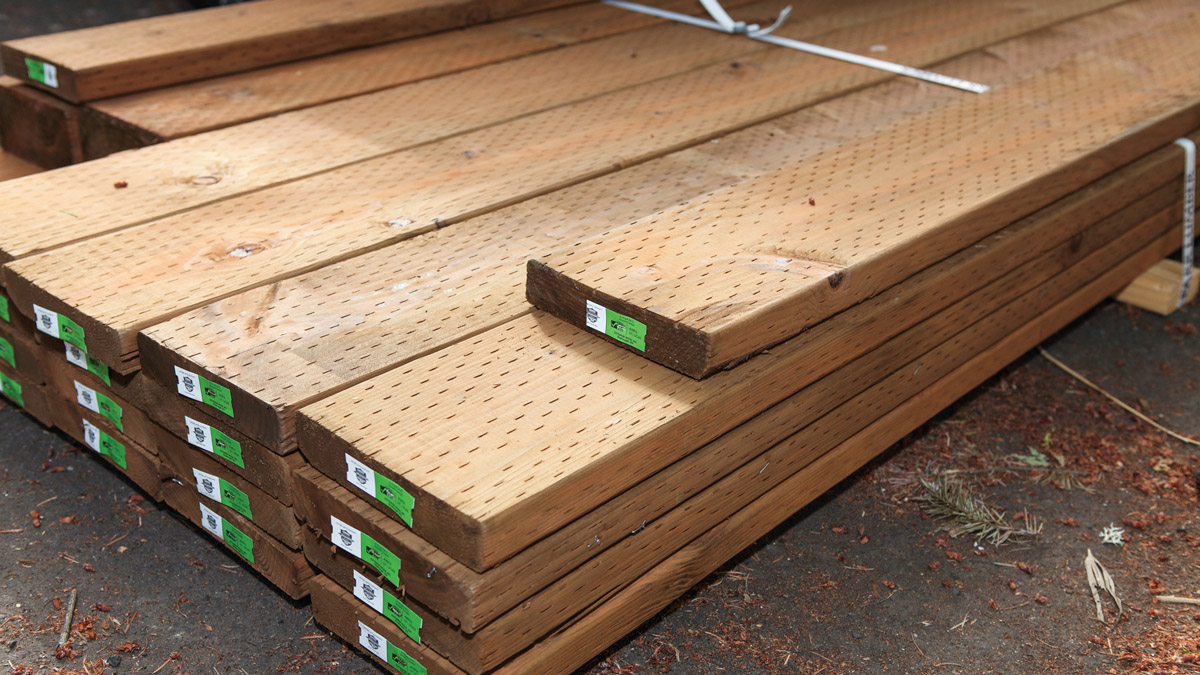
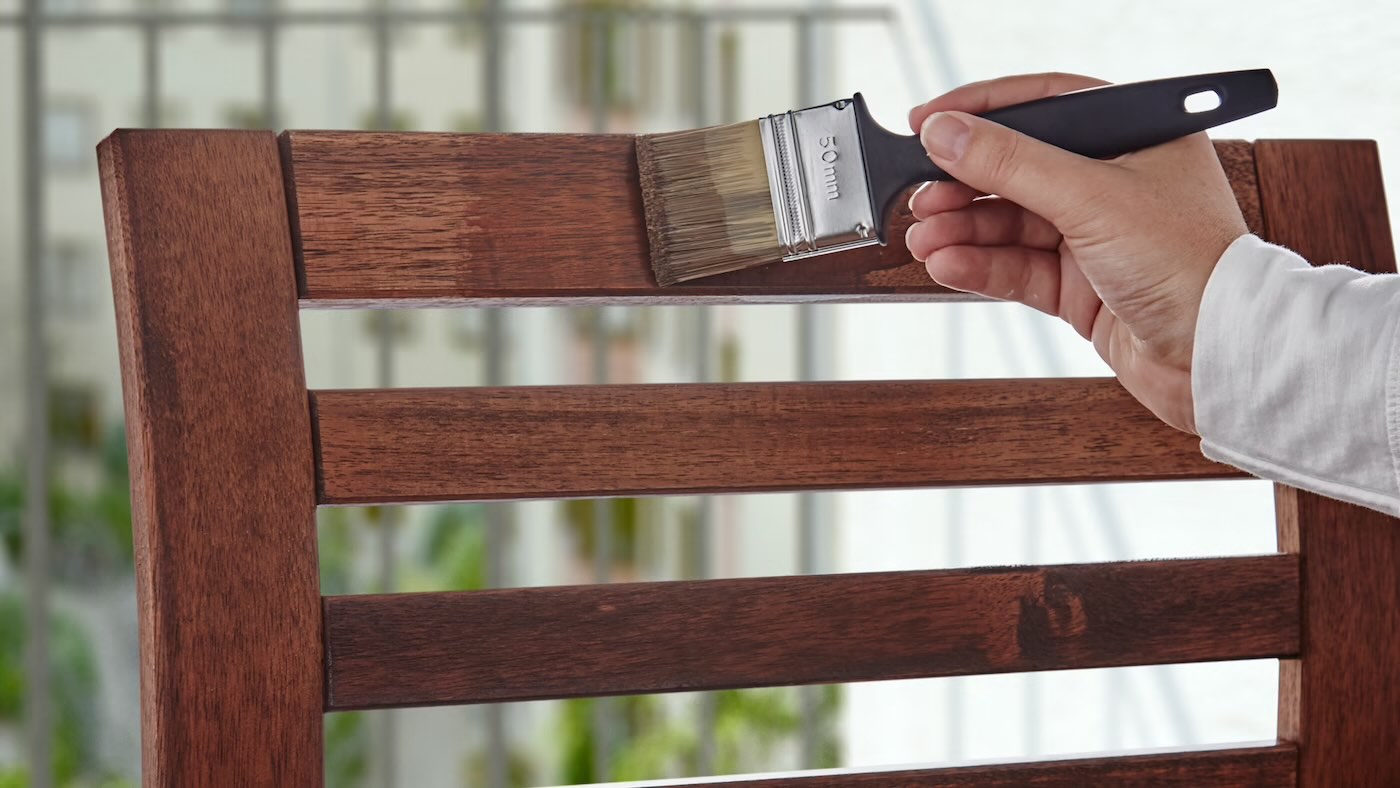
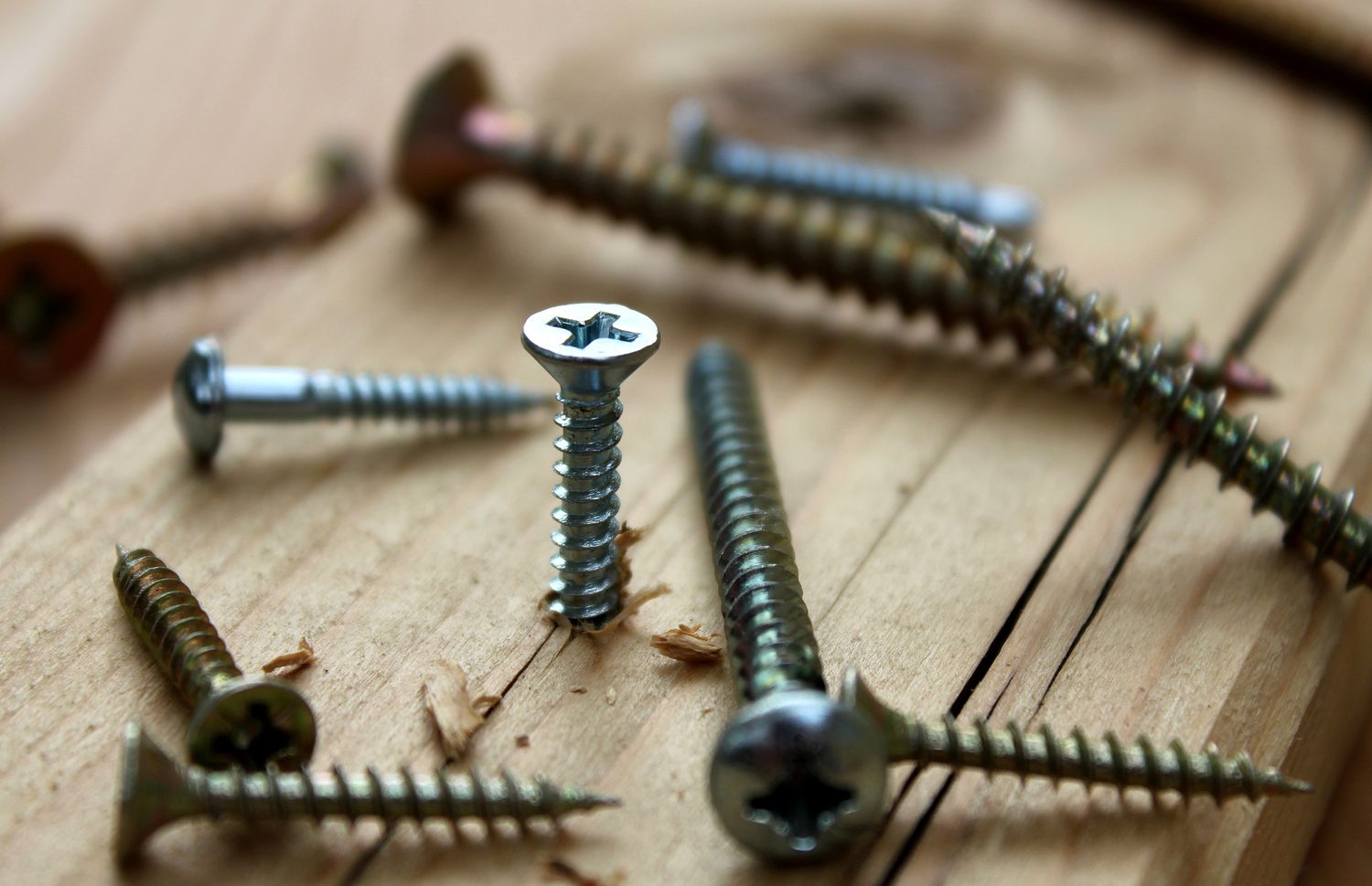
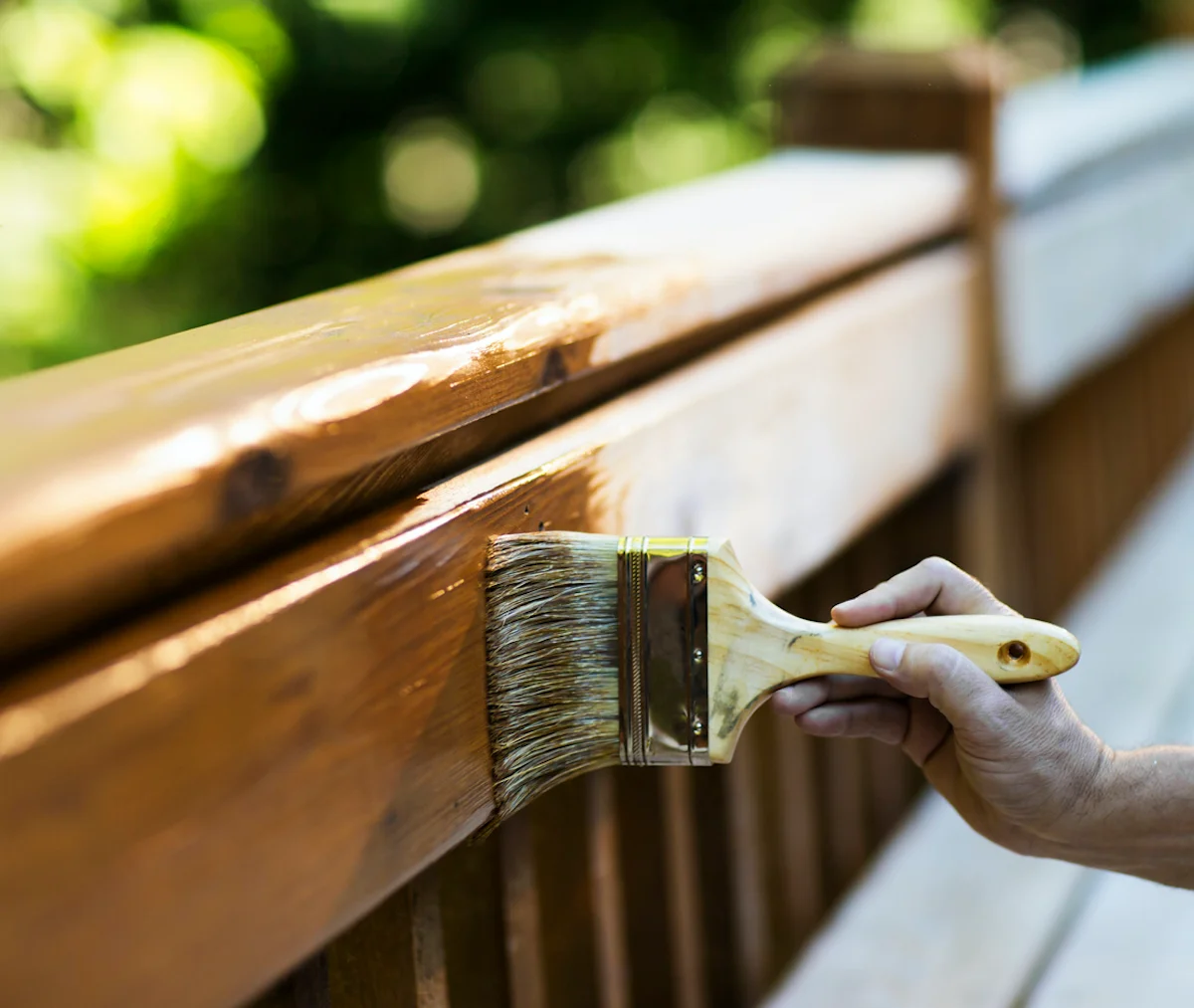
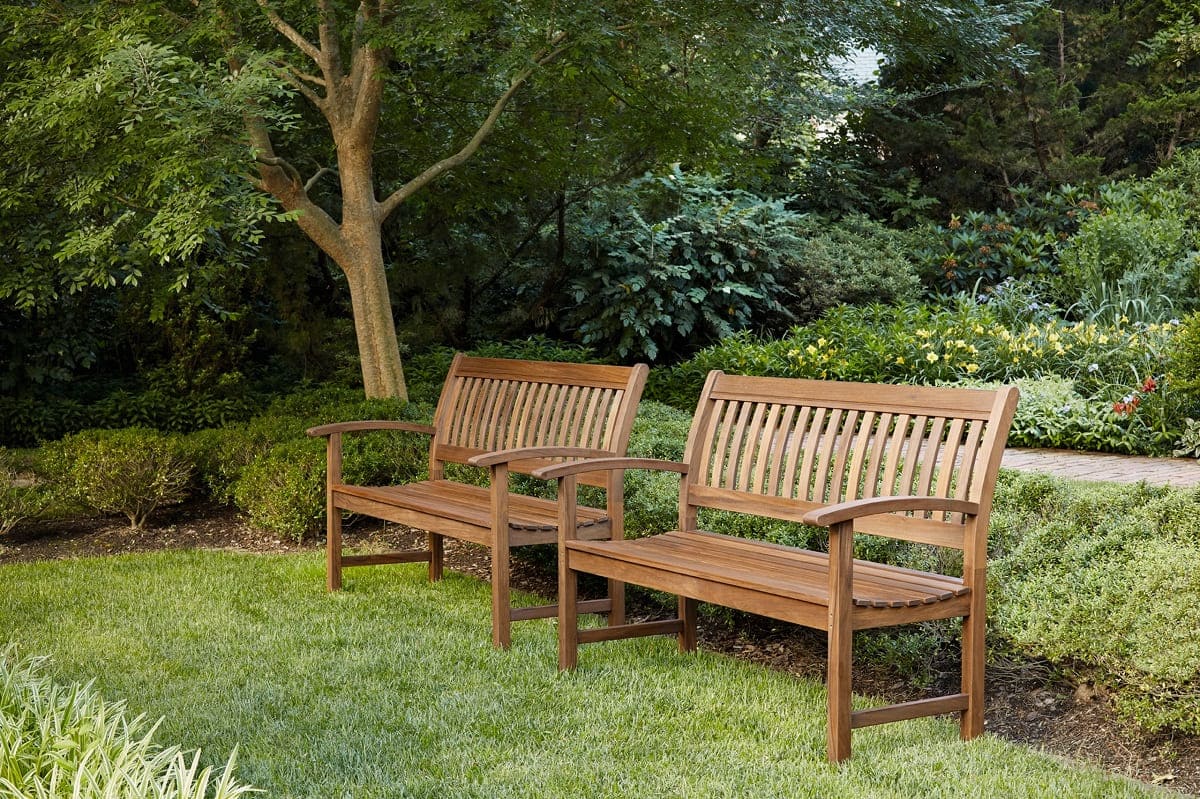
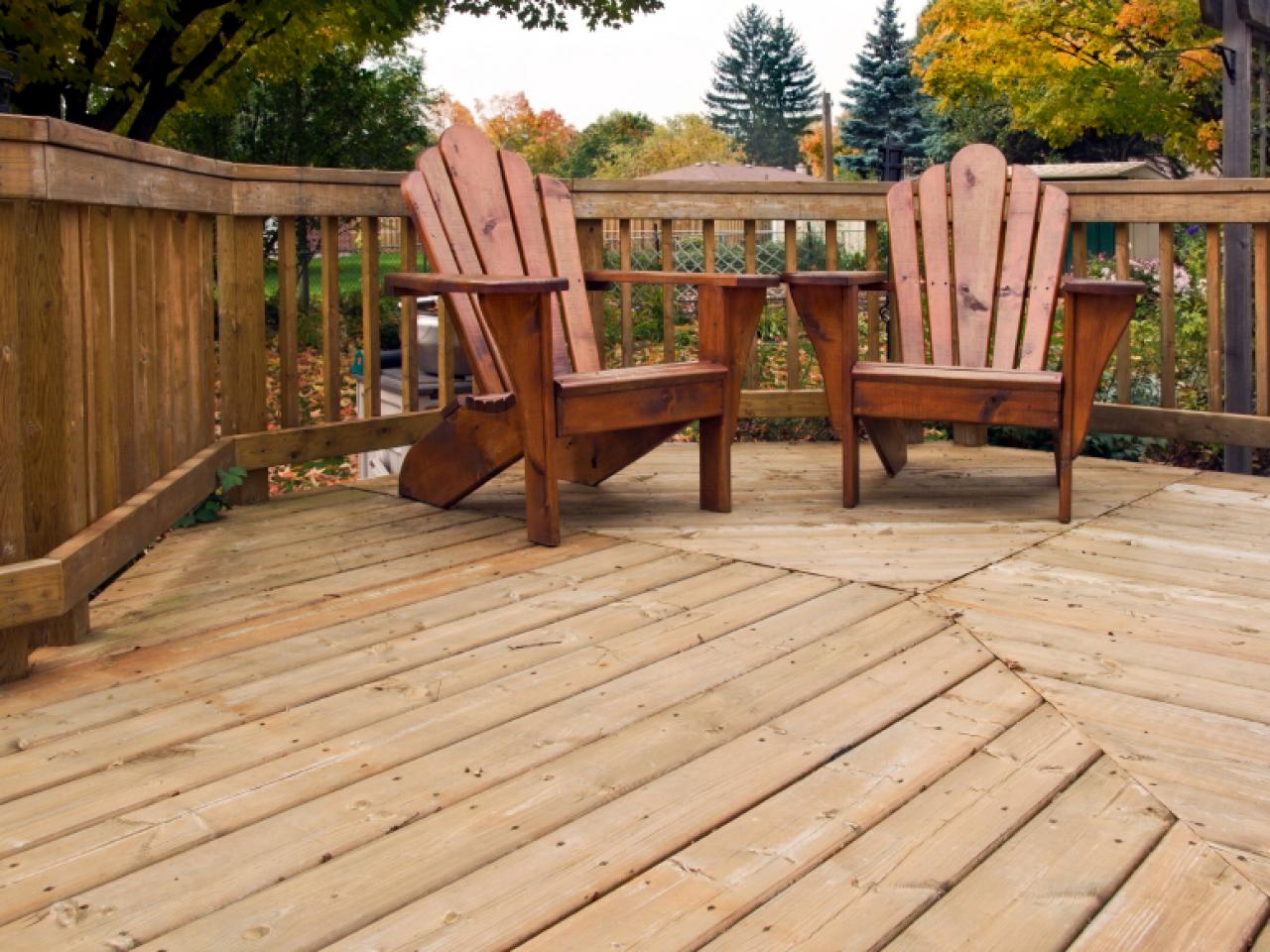
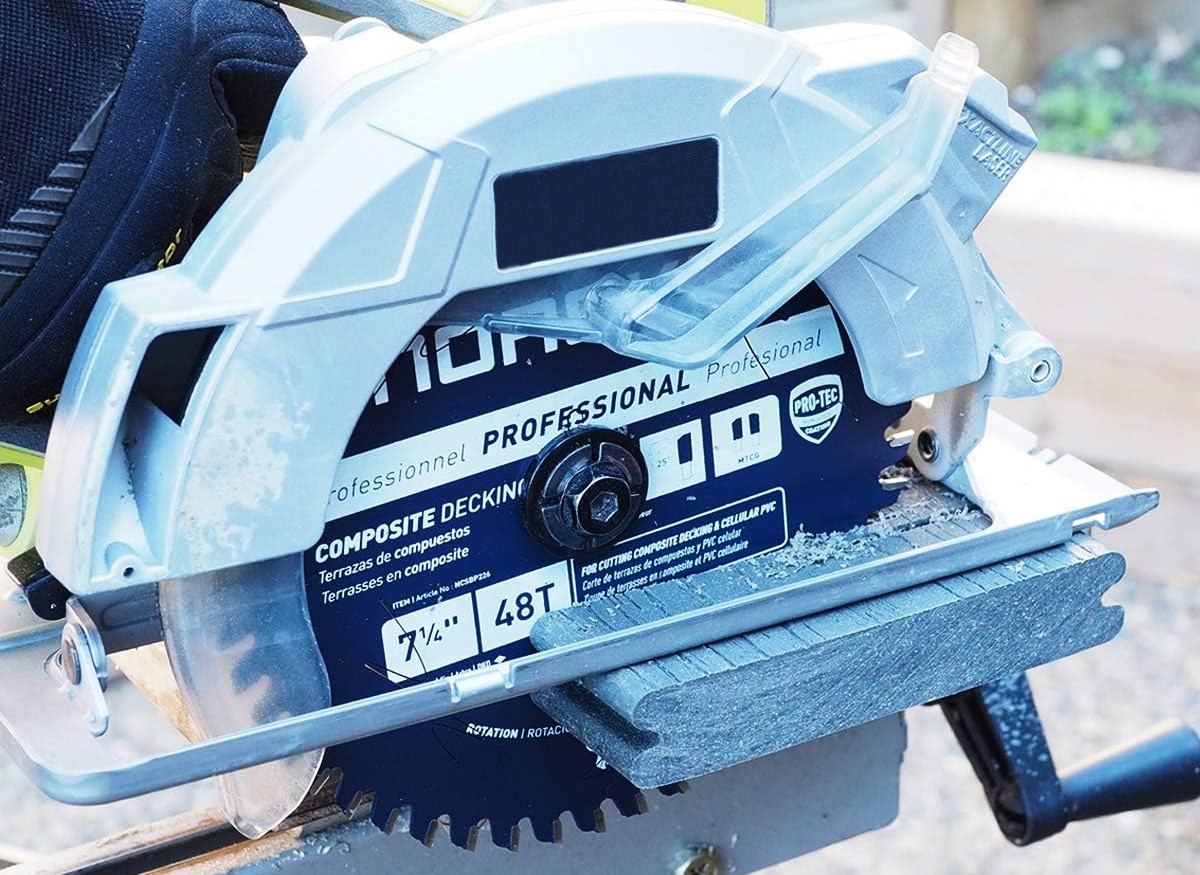
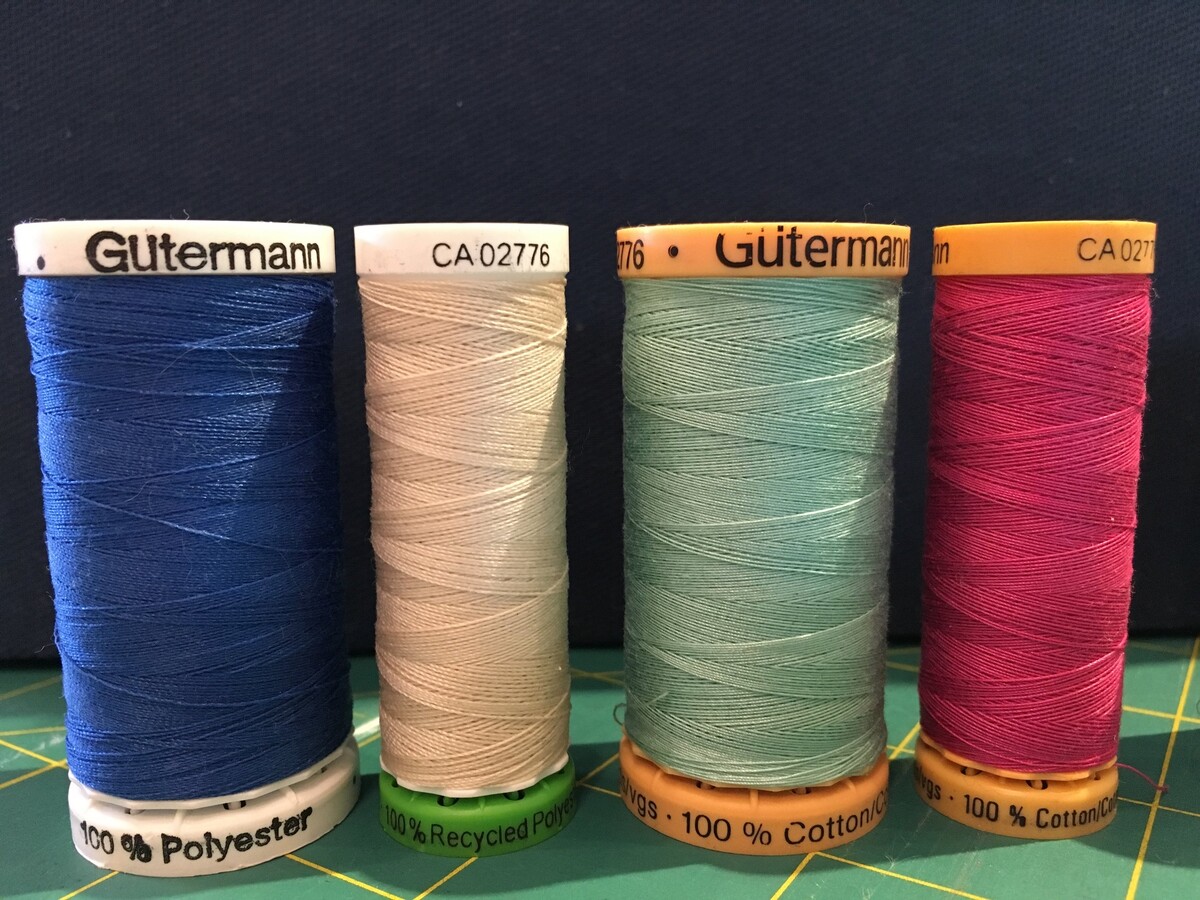
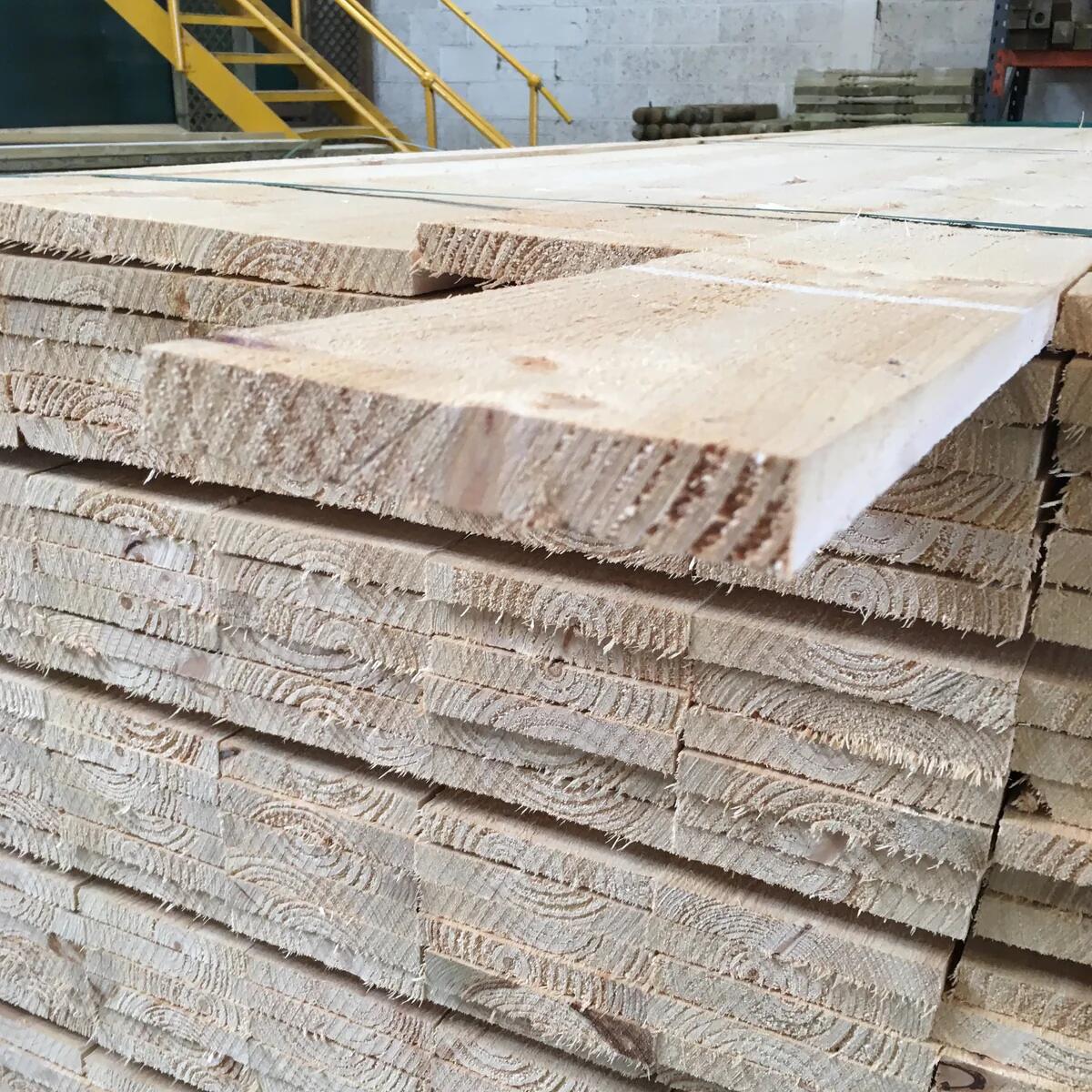
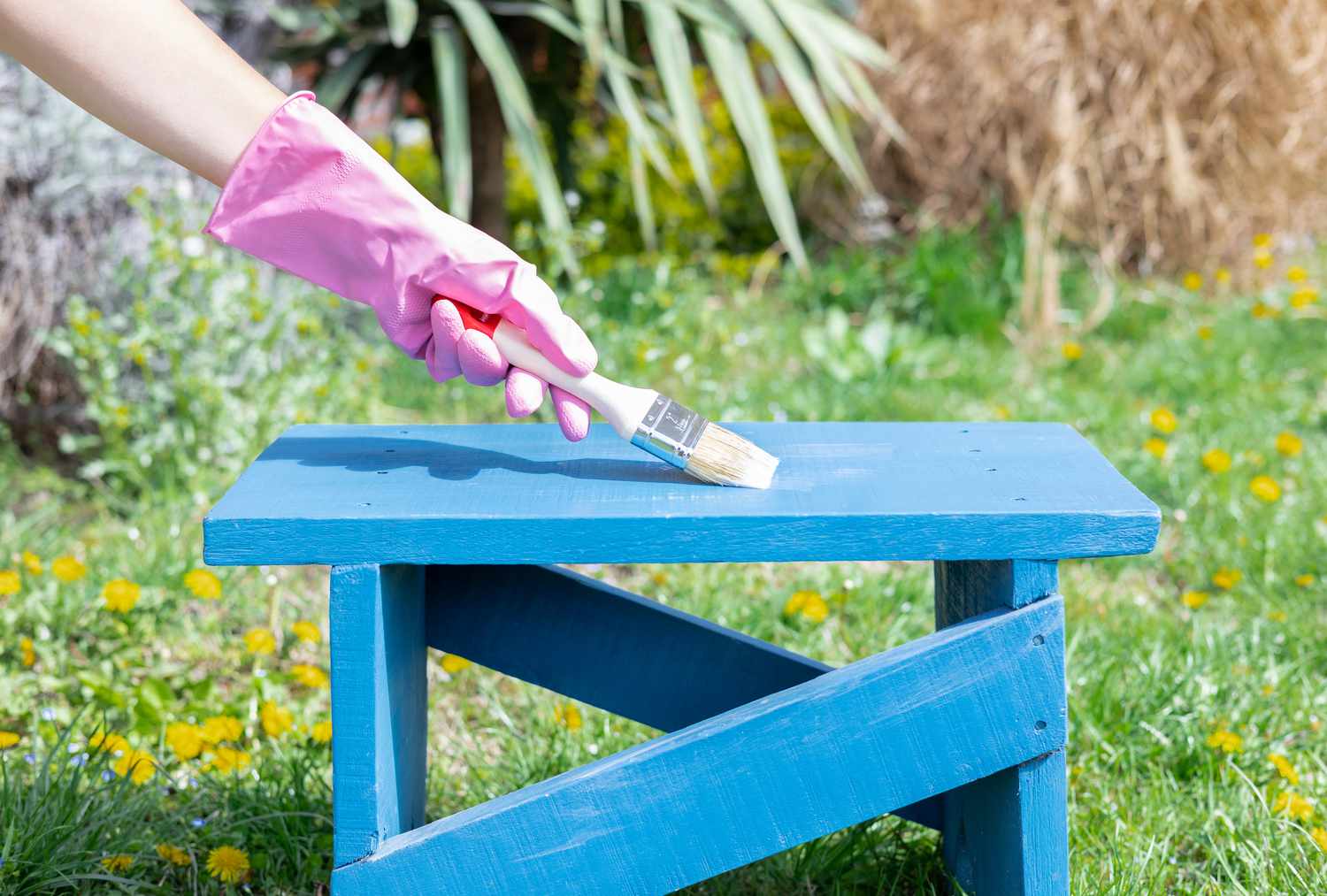
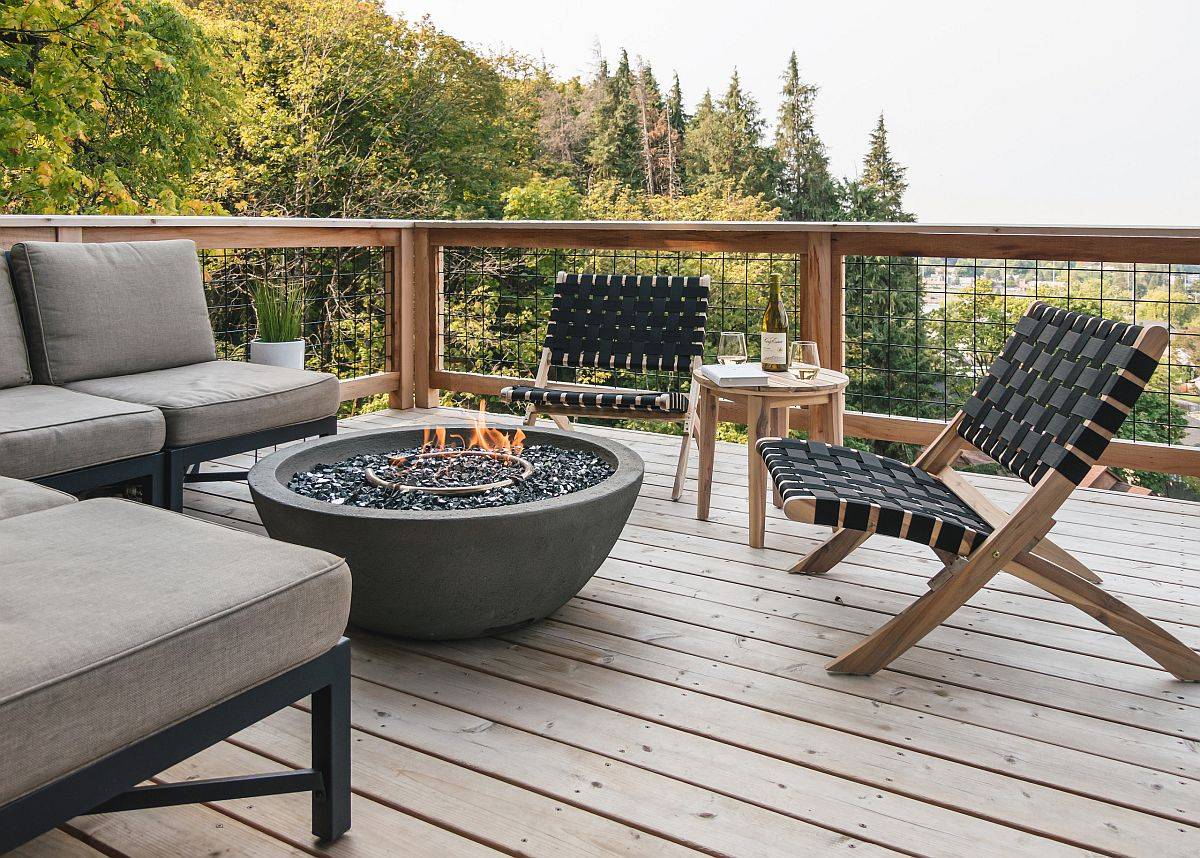
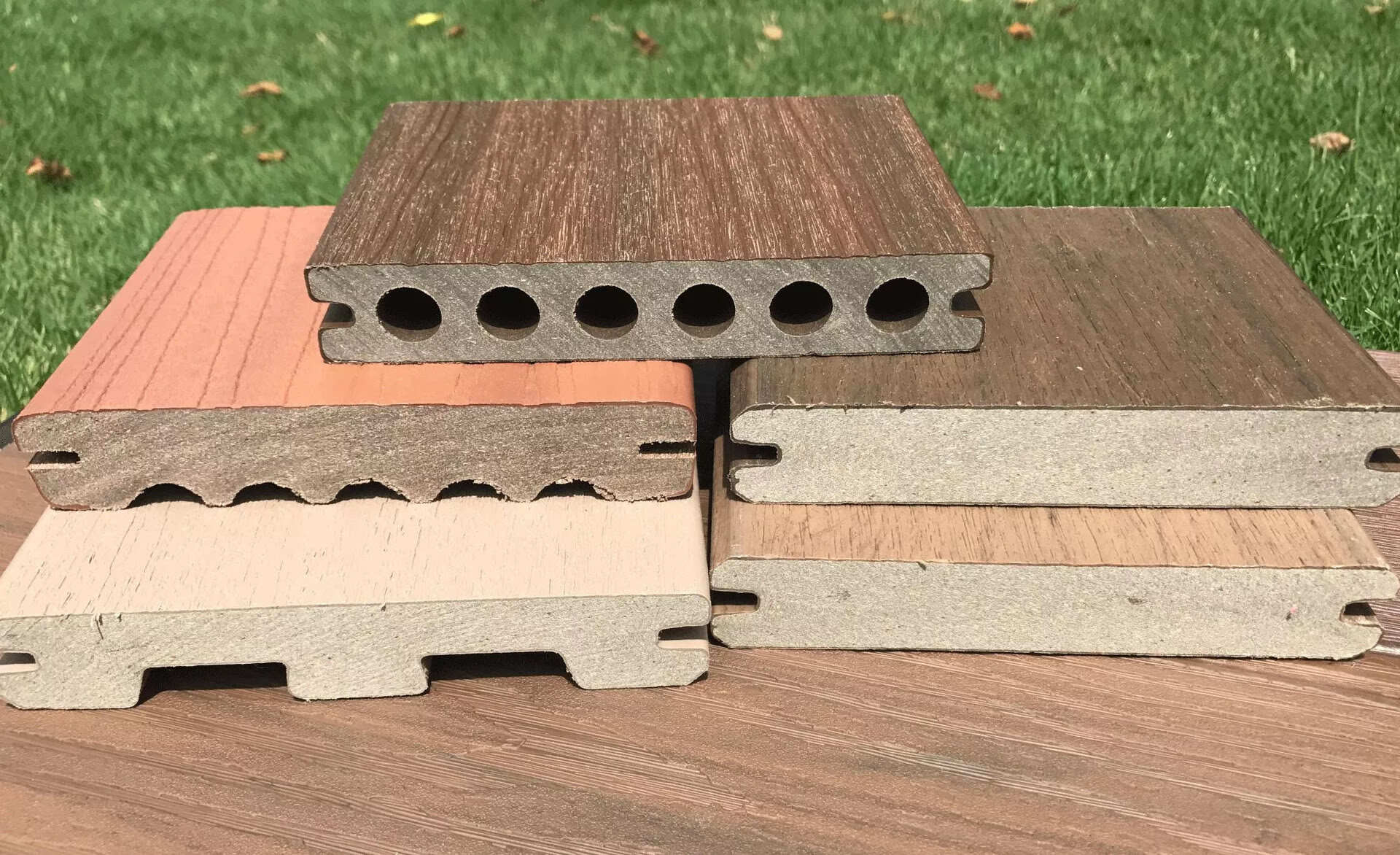
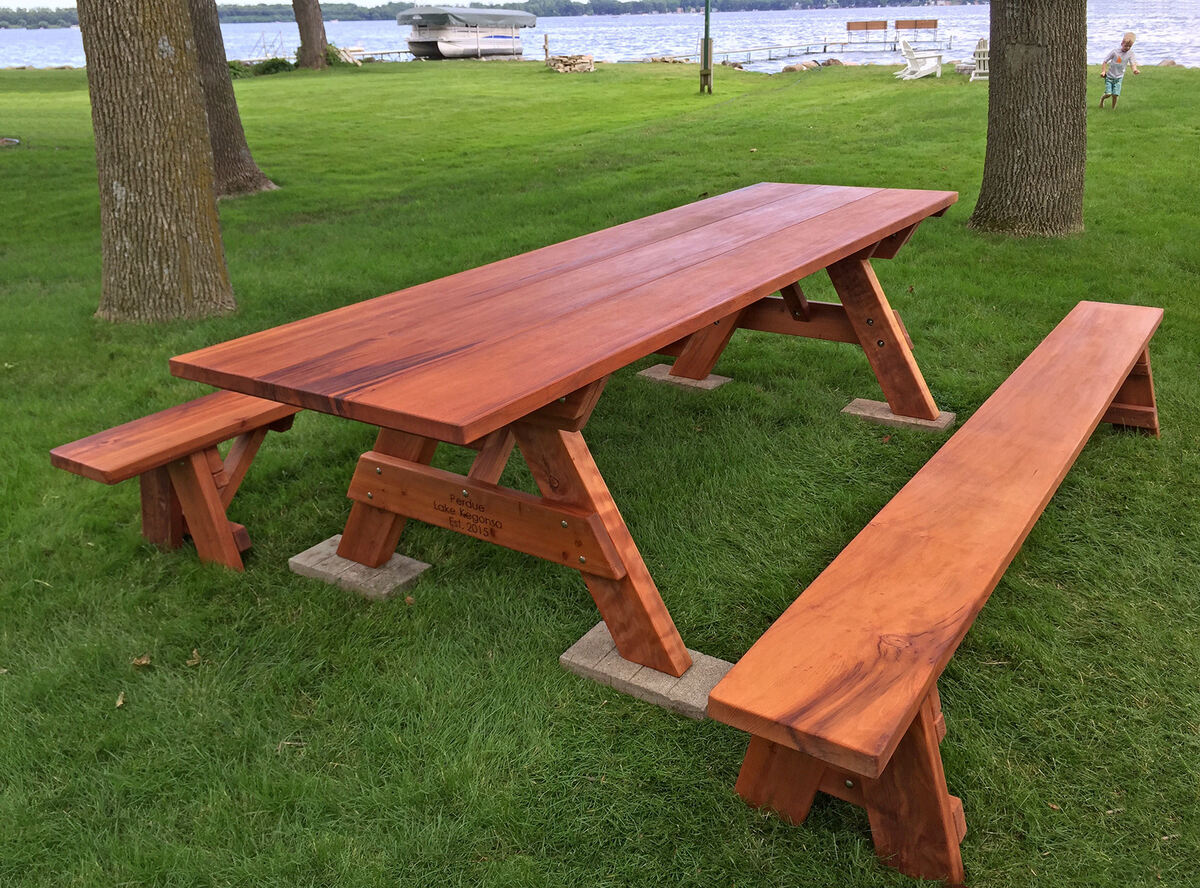
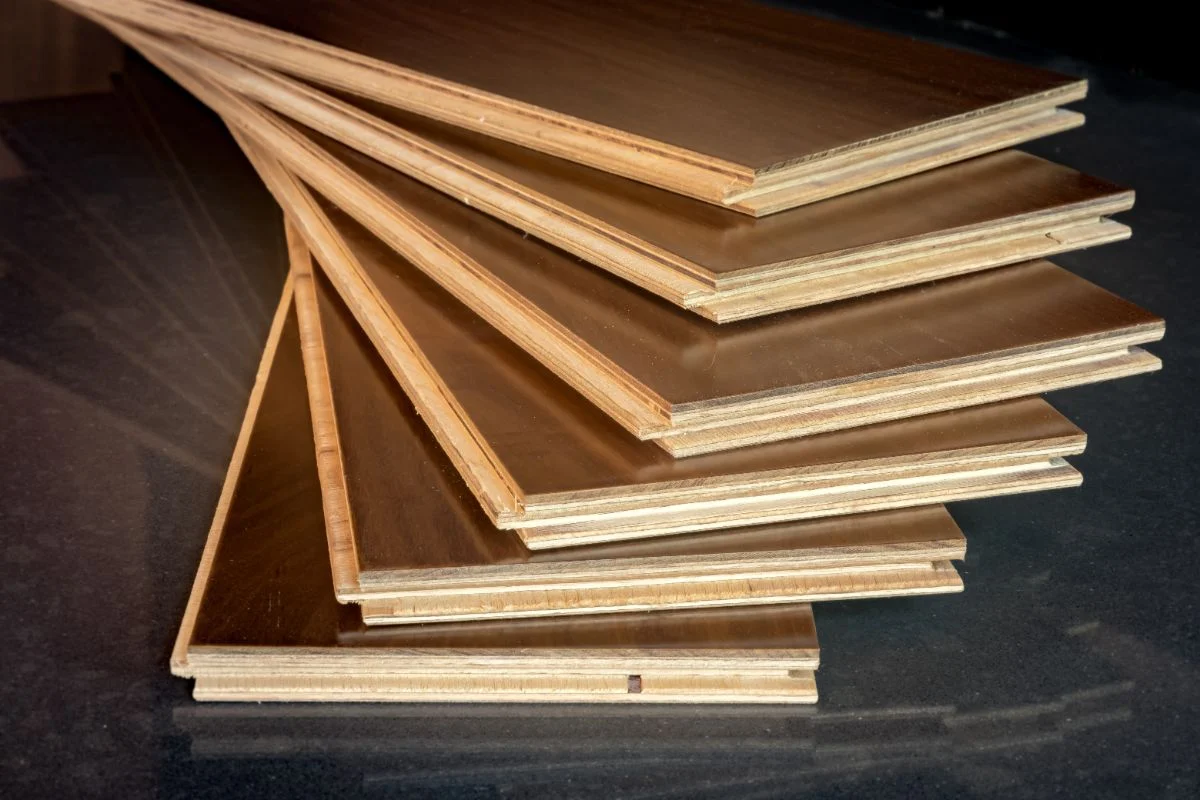

0 thoughts on “What Type Of Wood Is Used For Outdoor Decks”